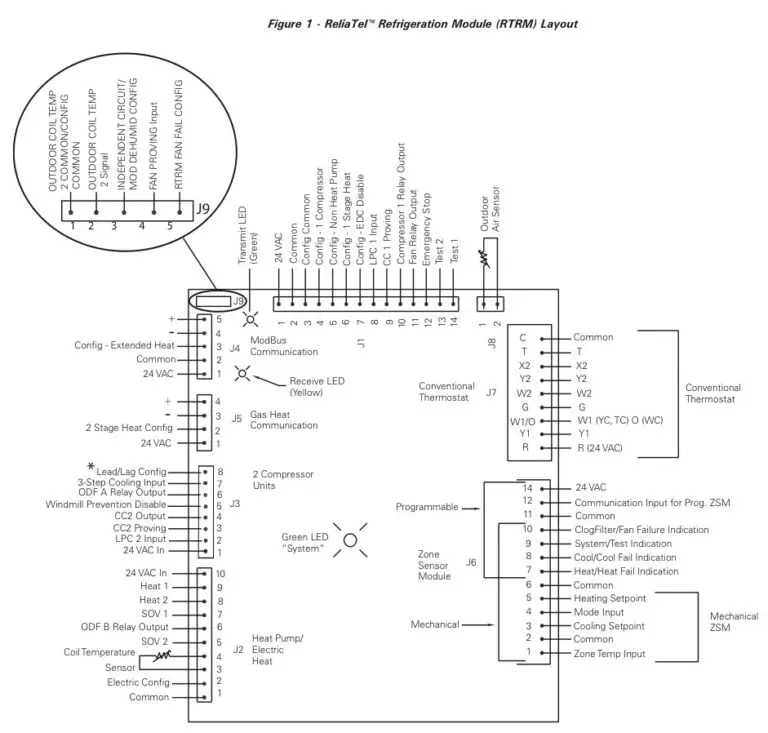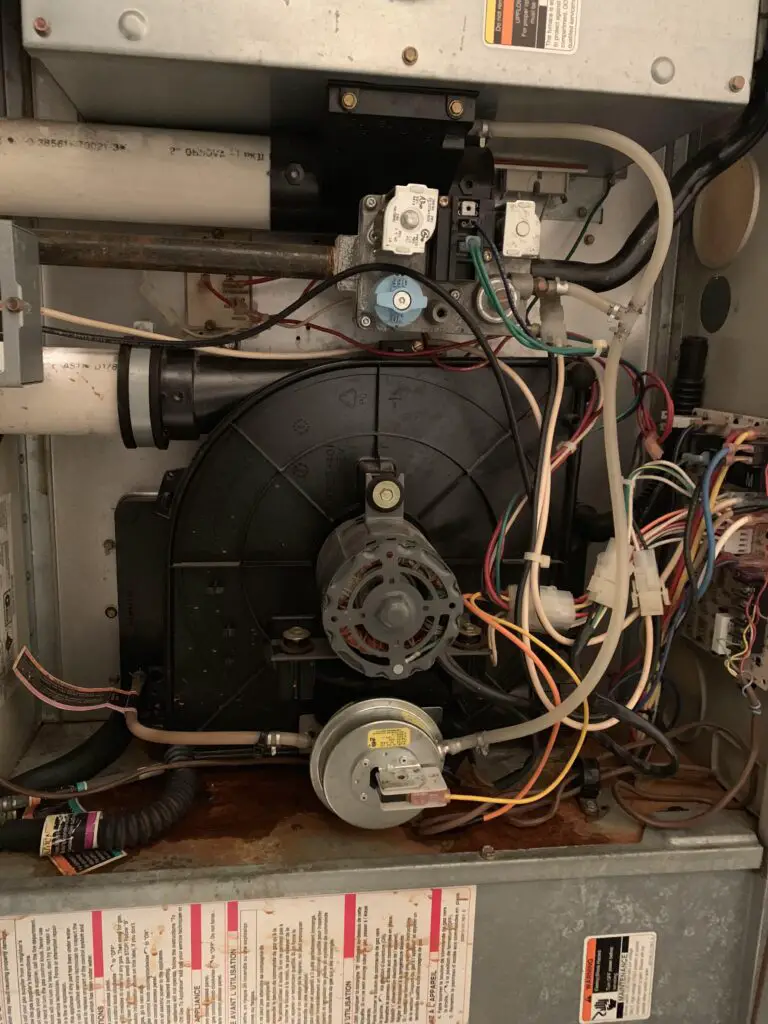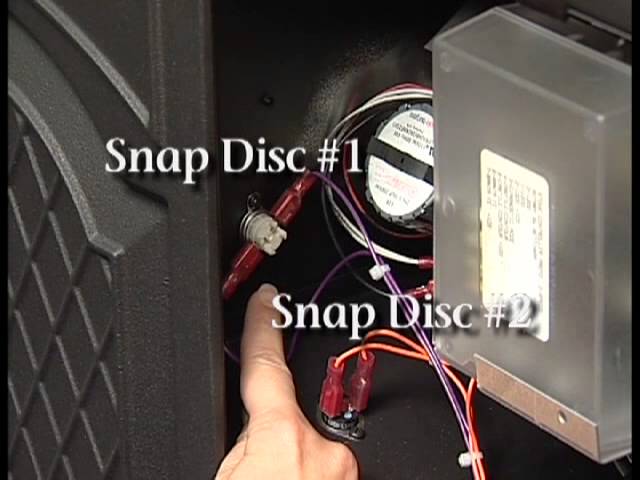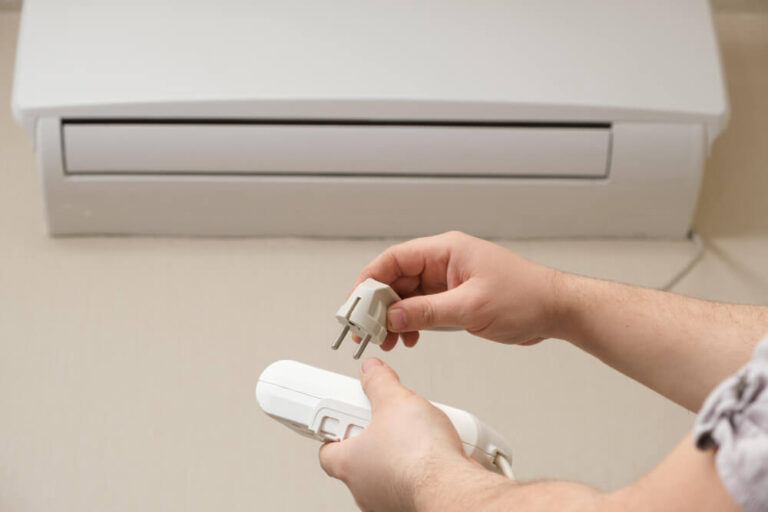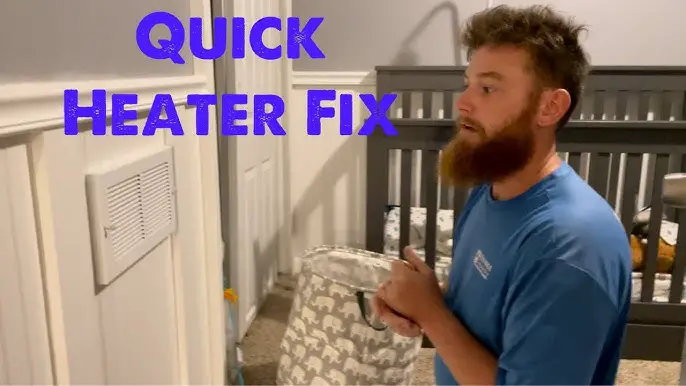Espar Bunk Heater Troubleshooting: Quick Fixes Guide
Is your Espar bunk heater giving you trouble when you need it the most? Few things are as frustrating as dealing with a heater that won’t work properly, especially on those cold nights when you rely on it for comfort.
But don’t worry—you’re not alone, and help is here! This guide is packed with simple troubleshooting tips to get your heater back on track. Whether it’s not turning on, blowing cold air, or making strange noises, we’ll walk you through the common issues and how to fix them.
Stick with us, and by the end of this article, you’ll have the confidence to tackle these problems head-on. Ready to get your Espar bunk heater running smoothly again? Let’s dive in!
Common Issues With Espar Bunk Heaters
Espar bunk heaters are trusted for keeping truck cabins warm in cold weather. Yet, like any equipment, they can face occasional issues. Knowing common problems helps maintain comfort and avoid disruptions. Below, we explore typical issues and their potential fixes.
1. Heater Fails To Start
A common issue is the heater not starting at all. This can happen due to a drained battery or faulty wiring. Check the power source and connections for any loose wires. Ensure the battery voltage meets the heater’s requirements.
2. Insufficient Heat Output
Sometimes the heater runs but doesn’t warm the cabin enough. This might be due to a clogged fuel filter or dirty air intake. Inspect the fuel system and clean or replace filters as needed. Also, check for proper air circulation around the heater.
3. Unusual Noise During Operation
Loud or strange noises can indicate mechanical or fan issues. Debris in the fan or a damaged motor could be the cause. Remove any visible obstructions and inspect the fan for wear and tear.
4. Heater Shuts Off Suddenly
An unexpected shutdown often points to overheating or fuel supply problems. Check for blocked exhaust or intake systems. Ensure the fuel tank has enough diesel and the supply lines are clear.
5. Smoke Emission
Smoke from the exhaust could signal incomplete combustion. This issue may result from a dirty combustion chamber or poor fuel quality. Clean the combustion chamber and verify the fuel used meets specifications.
6. Error Codes On The Control Unit
Error codes help diagnose specific problems quickly. Refer to the heater’s manual to decode error messages. Reset the unit after addressing the identified issue to ensure smooth operation.
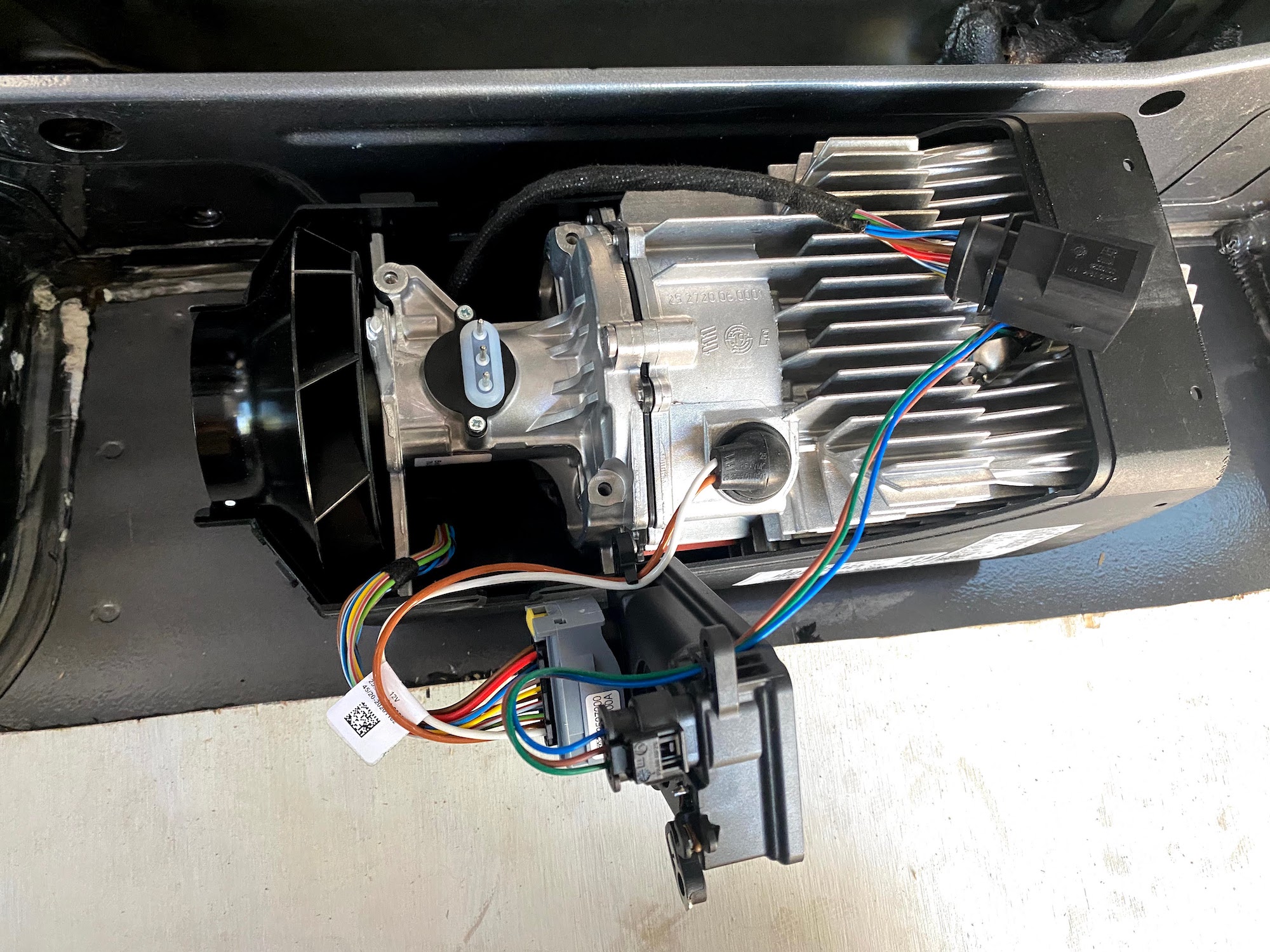
Credit: ridingroadsandtrails.com
Heater Not Starting
Nothing is more frustrating than a cold night when your Espar bunk heater refuses to start. Whether you’re prepping for a long drive or trying to stay warm, this issue can leave you scrambling for answers. Luckily, troubleshooting the problem is simpler than you might think.
Checking Power Supply
First, ensure your heater is receiving power. Double-check the battery connection and confirm it’s charged. A weak or dead battery is often the culprit behind startup problems.
Look for loose wires or corrosion near the power source. Clean the terminals if you notice any buildup. Even minor dirt can interfere with the flow of electricity.
Ask yourself: Is your vehicle’s electrical system supporting the heater properly? Other devices draining the battery might prevent the heater from getting enough power.
Inspecting The Fuse
The heater fuse plays a critical role in protecting the system. Locate the fuse box and find the fuse assigned to the heater. If you’re unsure, check your vehicle’s manual for guidance.
Examine the fuse for signs of damage, such as burn marks or a broken filament. If it’s blown, replace it with one of the same amperage rating. Using an incorrect fuse could lead to bigger problems.
A simple swap might be all you need to get your heater working again. Have spare fuses on hand for emergencies like this.
Examining The Control Panel
The control panel is where you interact with the heater. Press the buttons and observe if they respond or light up. If there’s no reaction, it might be a wiring issue or a problem with the panel itself.
Sometimes, settings can be accidentally altered. Double-check that the temperature and timer settings align with your needs. Resetting the panel to default can resolve unexpected glitches.
Is the display showing an error code? Take note of it and consult your heater’s manual for specific troubleshooting instructions tailored to the error.
By following these steps, you can often pinpoint the cause of your Espar bunk heater not starting. Don’t let the cold catch you off guard—regular maintenance can prevent many of these issues before they arise.
Insufficient Heat Output
Struggling with insufficient heat output from your Espar bunk heater? You’re not alone. This is one of the most common issues users face, especially during colder months when the heater works overtime. The good news is that it’s often fixable with a bit of troubleshooting. Let’s dive into some practical steps you can take to restore your heater’s performance.
Verifying Fuel Supply
Your heater can’t generate heat without a steady supply of fuel. Start by checking the fuel tank to ensure it’s not running low. Even if the tank seems adequate, look for air bubbles in the fuel line—they can disrupt the flow.
Examine the fuel pump and connections for leaks or blockages. A clogged fuel filter is another culprit, so consider replacing it if it hasn’t been changed in a while. Is your fuel quality up to par? Contaminated or old fuel can hinder performance, so it’s worth inspecting.
Cleaning The Burner
A dirty burner can severely limit heat output. If your heater has been in use for a while, carbon buildup is likely. To clean it, disconnect the burner and carefully remove any soot or debris using a soft brush or compressed air.
Pay special attention to the burner screen. If it’s clogged, it won’t allow proper combustion. Cleaning this small component often makes a big difference in heat generation.
Inspecting The Air Intake
A blocked air intake can choke your heater, reducing its ability to produce heat. Locate the air intake pipe and check for obstructions like dirt, leaves, or even ice in cold weather.
If the intake looks clear, make sure the pipe is not kinked or damaged. Restricted airflow compromises combustion efficiency. Keep the area around the intake clean and free of debris to maintain optimal performance.
Fixing insufficient heat output doesn’t have to be intimidating. By systematically addressing issues with the fuel supply, burner, and air intake, you can often resolve the problem quickly. What’s the next step you’ll take to troubleshoot your Espar bunk heater?
Unusual Noise During Operation
Unusual noises from your Espar bunk heater can be concerning. These sounds often indicate an underlying issue needing attention. Diagnosing the problem early can prevent costly repairs. In this section, we’ll guide you through common causes and solutions.
Checking The Fan Motor
The fan motor is a common source of unusual noise. Start by listening closely to identify if the sound is coming from the fan area. Turn off the heater and inspect the motor for visible damage. Dust and debris can interfere with the motor’s operation. Clean the fan blades carefully to remove any buildup. If the noise persists, the motor may require professional servicing.
Inspecting For Loose Components
Loose components inside the heater can rattle during operation. Open the heater’s casing and inspect for screws or parts that may have loosened. Tighten any loose screws securely using the appropriate tools. Check brackets and mounting points for stability. Ensure all parts are firmly in place to eliminate vibrations.
Assessing Carbon Build-up
Carbon buildup can restrict airflow and create unusual noises. Over time, carbon deposits accumulate in the combustion chamber. Inspect the heater’s combustion area for black soot or residue. Use a soft brush or cloth to clean the buildup carefully. Avoid damaging sensitive components during cleaning. Routine maintenance can help minimize carbon accumulation and noise.
Heater Shutting Off Unexpectedly
Experiencing your Espar bunk heater shutting off unexpectedly can be frustrating. This issue might disrupt your comfort, especially during colder nights. Understanding the possible causes can help you fix it efficiently. Below are key areas to check and troubleshoot to restore smooth heater operation.
Monitoring Overheating Sensors
Overheating sensors play a critical role in protecting your heater. They shut off the unit if it gets too hot. Dirt or damage to these sensors can cause false overheating signals. Inspect the sensors for dust, debris, or signs of wear. Clean them gently using a soft cloth to remove buildup. Replace them if they appear damaged or malfunctioning.
Ensure the heater is not running at maximum power for extended periods. This can trigger overheating protections unnecessarily. Regularly monitoring the sensor’s condition helps maintain optimal heater performance.
Clearing Blocked Exhaust Pipes
Blocked exhaust pipes may cause the heater to shut off. Soot buildup or debris can prevent proper airflow, leading to overheating. Inspect the exhaust pipe for any visible obstructions. Use a brush or compressed air to clear out soot and dirt.
If the blockage is severe, disassemble the pipe carefully for a thorough cleaning. Ensure the exhaust system is correctly installed and free from bends or kinks. Proper airflow prevents shutdowns and ensures efficient operation.
Ensuring Proper Ventilation
Good ventilation is essential for your Espar heater to function correctly. Limited airflow can cause overheating or reduced combustion efficiency. Check the air intake vents for any obstructions like dust or dirt. Clean them regularly to maintain smooth air circulation.
Ensure the heater is installed in a location with adequate space for ventilation. Avoid placing items too close to the heater that may block airflow. Proper ventilation keeps the heater running smoothly and prevents unexpected shutdowns.
Smoke From The Heater
Smoke coming from your Espar bunk heater can be alarming. It’s not just about the unpleasant odor or visibility—it’s a sign that something isn’t working right. Addressing this issue promptly can prevent further damage and keep your heater running efficiently.
Inspecting Fuel Combustion
Start by checking the quality of the fuel. Low-quality or old fuel can cause incomplete combustion, leading to smoke. Replace the fuel if necessary to ensure it’s clean and suitable for your heater.
Next, examine the fuel pump and lines. Are there any clogs or leaks? Even a small blockage can disrupt the fuel flow and lead to excessive smoke. Tighten connections and clean the lines if needed.
Finally, ensure the burner is functioning properly. A malfunctioning burner can produce white or black smoke. If you’re unsure how to inspect this, consult your heater’s manual or seek professional help.
Cleaning The Heat Exchanger
The heat exchanger is a vital component that can accumulate soot over time. A dirty heat exchanger can restrict airflow and cause smoke. Remove the heat exchanger and clean it thoroughly with a soft brush or compressed air.
Check for any cracks or damages while cleaning. A damaged heat exchanger can lead to more serious issues beyond just smoke. Replace it if you notice any visible damage.
Regular cleaning prevents build-up and keeps your heater operating smoothly. Make it a habit to inspect and clean the exchanger during routine maintenance.
Checking The Exhaust System
A blocked exhaust system is another common cause of smoke. Inspect the exhaust pipe for obstructions like soot, debris, or even pests. Clear out anything that might be restricting the airflow.
Ensure the exhaust pipe is properly aligned and secured. A loose or improperly installed pipe can lead to smoke escaping into unwanted areas. Adjust and tighten as needed.
Lastly, check for corrosion or holes in the exhaust system. Even minor damage can disrupt the flow and cause smoke. Replace any compromised sections promptly.
Does your heater still smoke after these checks? It might be time to consult a professional. Ignoring the issue can lead to bigger problems down the road, but a little troubleshooting now can save you time and money later.
Routine Maintenance Tips
Routine maintenance is key to keeping your Espar bunk heater reliable. Neglecting simple tasks can lead to reduced performance or unexpected issues. Regular upkeep ensures your heater runs smoothly and lasts longer. Below are essential maintenance tips to keep your heater in optimal condition.
Cleaning Air Filters
Dirty air filters can block airflow and affect heater efficiency. Remove the filter and check for dust or debris buildup. Use a soft brush or compressed air to clean it thoroughly. Avoid using water to clean the filter as it may cause damage. Replace the filter if it shows signs of wear or is too dirty to clean.
Inspecting Electrical Connections
Loose or damaged electrical connections can cause malfunctions. Inspect all wiring for corrosion, frayed edges, or loose connections. Tighten any loose terminals and replace damaged wires immediately. Ensure connections are secure to prevent overheating or power loss.
Scheduling Professional Servicing
Professional servicing helps identify hidden issues and keeps your heater in top shape. Schedule routine checks with a certified technician at least once a year. They can clean internal components, check for wear, and update software if needed. Regular servicing prevents costly repairs and ensures safe operation.
Credit: vandoit.zohodesk.com

Credit: www.youtube.com
Conclusion
Troubleshooting your Espar bunk heater doesn’t have to feel overwhelming. Start by checking common issues like power, fuel, and air supply. Regular maintenance helps prevent problems and keeps it running smoothly. Always refer to the manual for specific guidance and safety tips.
If issues persist, contact a professional for assistance. A well-functioning heater ensures comfort during colder months. Stay proactive to extend its lifespan and reliability. Small steps now can save bigger headaches later. Keep your heater in top shape for a worry-free experience.

